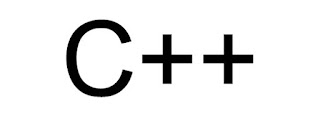Objective
Today, we're learning about the Array data structure. Check out the Tutorial tab for learning materials and an instructional video!
Task
Given an array, , of integers, print 's elements in reverse order as a single line of space-separated numbers.
Given an array, , of integers, print 's elements in reverse order as a single line of space-separated numbers.
Input Format
The first line contains an integer, (the size of our array).
The second line contains space-separated integers describing array 's elements.
The second line contains space-separated integers describing array 's elements.
Constraints
- , where is the integer in the array.
Output Format
Print the elements of array in reverse order as a single line of space-separated numbers.
Sample Input
4
1 4 3 2
Sample Output
2 3 4 1Program:#include <iostream>
#include <algorithm>
#include <unordered_map>
using namespace std;
int main(){
int n;
cin >> n;
vector<int> arr(n);
for(int i = 0;i < n;i++){
cin >> arr[i];
}
for(int i = n-1;i>=0;i--){
cout<< arr[i]<<"\t";
}
return 0;
}








